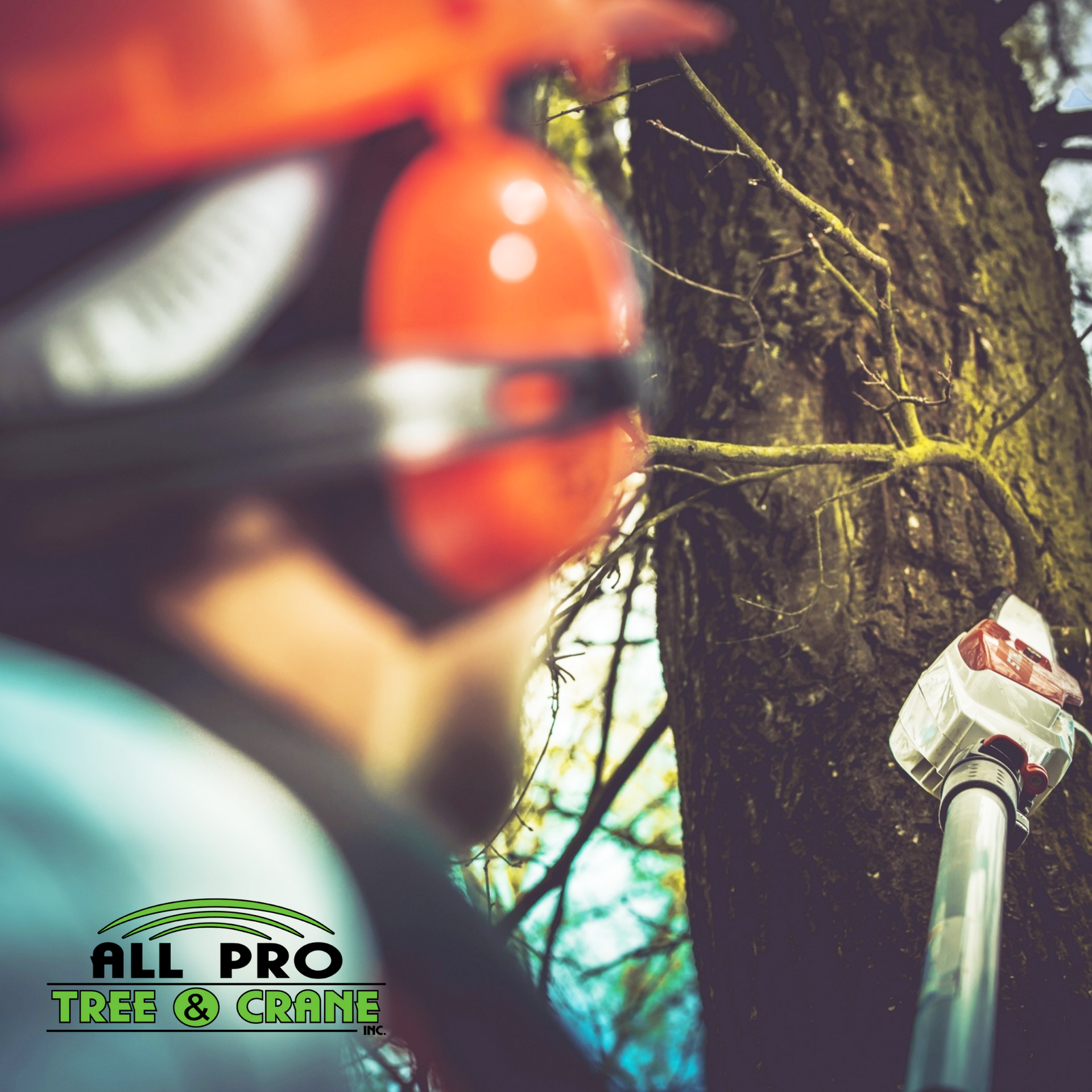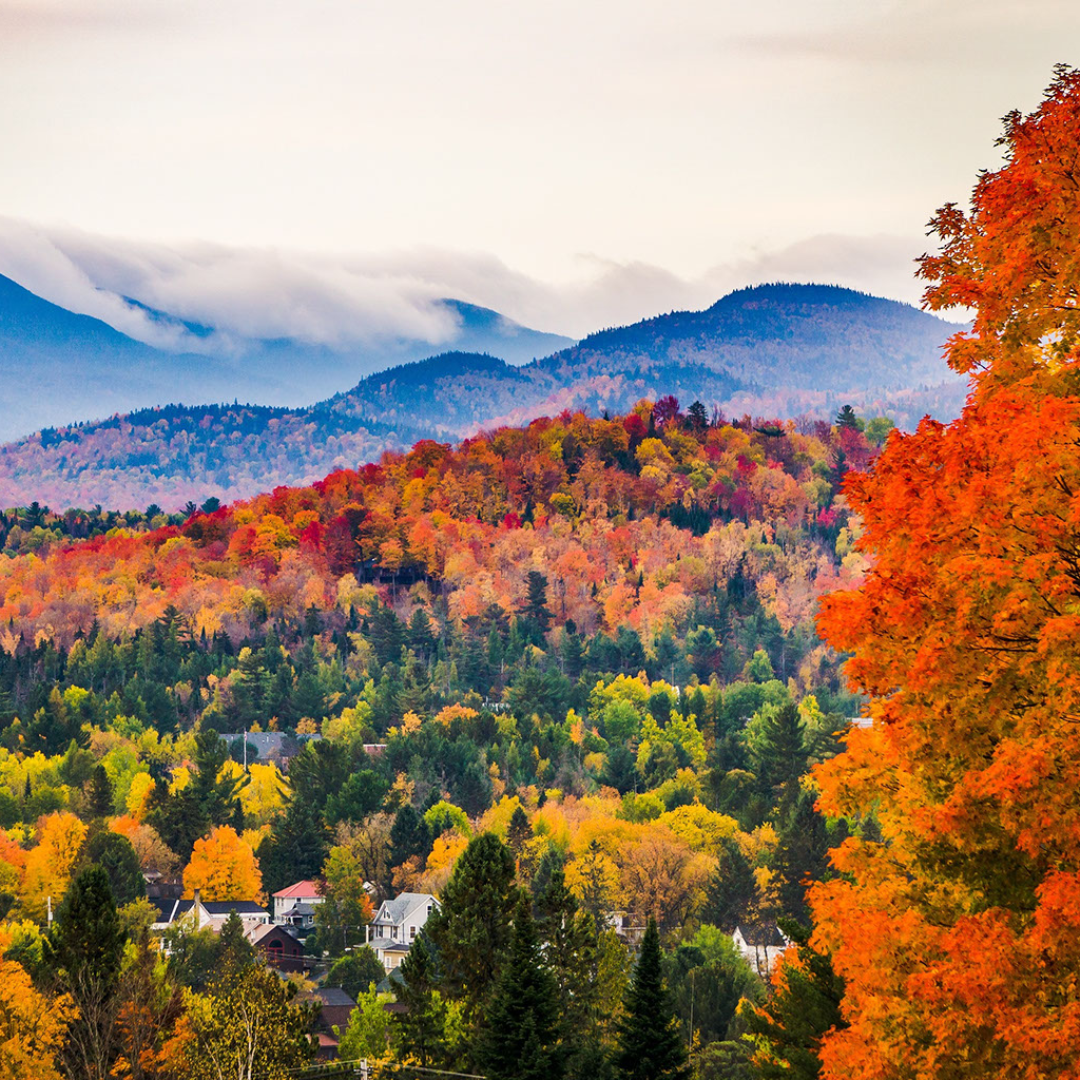Tree Disease In Asheville And Hendersonville, North Carolina
Tree disease has been rampant across North Carolina for years, causing a direct decline in annual timber production, linked to reduced growth and higher tree mortality.
In fact, tree diseases cause a larger volume of timber loss than all other causes COMBINED (including insects, fire, weather, and more).
Most commonly, diseases are caused by pathogenic organisms. What you may not know is that it’s frequent these diseases are infectious and transmissible, meaning these pathogens infect one tree, then spread to the surrounding trees. Disease-causing microorganisms include:
- Viruses
- Bacteria
- Nematodes
- Fungi
Foliage and Leaf Disease
Locally, some more common diseases can be seen through foliage discolorations. While it may seem harmless to have a few dark spots on your tree’s leaves, diseases like this weaken trees and shrubs by disrupting the photosynthesis process. And, some pathogens infect leaf tissue first, before spreading to other parts of the tree, causing serious disease or death.
For leaf-specific issues like—brown spots, Hypoderma Needle Cast, Dogwood Anthacnose, leaf blisters, and Anthacnose—there are often fungicide treatments we can implement to help save your tree(s). Simply contact All Pro Tree & Crane for an evaluation: Contact Us.
Branch and Stem Diseases
Branches and stems need to be structurally sound for to support the tree’s mighty weight and height. Think of the branches and stems as the tree’s internal vascular system. As you can imagine, disease that targets the tree’s literal vascular system is serious, and can greatly impact the tree’s health. These types of tree diseases are often untreatable, and require proper tree removal to prevent potential spread to nearby trees.
- Fusiform Rust—caused by fungus and produces 5 spore stages, requiring both oak and pine trees during its lifecycle
- White Pine Blister Rust—caused by a non-native fungus that has spread to nearly 40 states
- Pitch Canker—Damaging to southern pines with lesions on branches, stems, and exposed tree roots
- Bacterial Wetwood—Attacks elms, oaks, poplars, and maple trees with a slimy, liquid ooze
- Wood Decay Fungi—including Brittle Cider Fungus, Warted Polypore, Ganoderma Sessile and Honey Mushrooms
Are you concerned about the growth, abnormality, or substance on your tree(s)? Contact All Pro Tree & Crane.
Root Diseases
Sometimes, tree roots do more than intake water and nutrients. Sometimes, pathogens can find their way into the root system and feed on the fine root hairs or the structural roots of the tree. Root diseases can be the most difficult to diagnose and treat, and typically mimic the symptoms of drought, like yellow leaves, leaf browning, and branch dieback. These local, Western North Carolina diseases include:
- Annosus Root Rot—a common and severe disease in the south, where the fungus enters through a freshly cut stump and infects the surrounding trees. A vital reminder that it’s important to use a stump grinder when removing a tree, to better protect the healthy trees still standing.
- Little Leaf Disease—a serious disease for shortleaf pines in the southeast US that prevent growth and typically cause tree death.
- Phytophthora Root and Crown Rot—most common worldwide, and affects a multitude of plants, including trees, shrubs, roses, fruit plants, and vegetable crops.
Vascular Diseases
The system that transports water and nutrients throughout the tree’s branches and stems is highly susceptible to pathogen attack. While these diseases can be wholeheartedly prevented with proper tree care and maintenance, to keep the vascular system healthy, vascular disease is difficult to destroy once it sets in. When looking for vascular issues, some tell-tale signs include browning, wilting leaves, crown dieback, and early leaf-loss. Common, local diseases include:
Oak Wilt—a lethal disease, spread by beetles, that most seriously affects red oak, black oak, pin oak, and others in the red-oak family. (Reference)
Dutch Elm Disease—caused by the Elm Bark Beetle, but can be prevented by healthy elm pruning completed outside of spring and summer months.
Laurel Wilt—a relatively new disease (spread to NC in 2011), caused by the redbay ambrosia beetle, boring and hosting in a tree
Bacterial Leaf Scorch—recognized by the brown “scorched” looking leaves, which develop in August and September, prior to the fall season. Each subsequent year, more of the foliage becomes involved until the entire crown is impacted.
Do you have a tree exhibiting disease or a fungi-related issue? It’s time to call All Pro Tree & Crane, Inc.













